In the US, there are various internet service providers that offer services through different types of connections. These connections offer varying download & upload speeds, have their own pros and cons, and differ on the basis of costs per month.
So, not having sufficient knowledge can cause you to pay extra, miss out on opportunities to get better speeds, choose a reliable connection, and get the best value for your money.
To make things easier, we are going to discuss these connection types and what they have to offer. That will help you to better understand your service provider and make a better choice when you are switching or getting a new internet connection.
Types of Internet Connections
In the US, there are 5 types of connections that are being used most commonly to deliver internet service to residential and business customers. Although these are not all, the other connections have become outdated such as dial-up internet connections and people tend to avoid them as much as they can because of higher costs and slower speeds.
These internet connections include fiber optics, DSL, cable, satellite, and fixed wireless. To have a better idea about these, let’s have a look at them in detail.
1. Fiber Optics
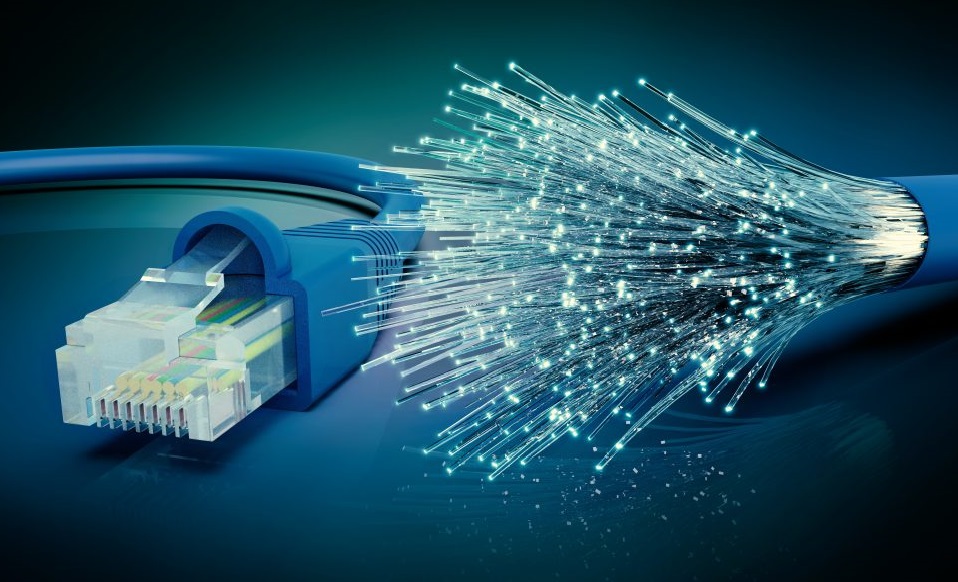
Source: nmcabling.co.uk
With the data transfer speed which is equal to the speed of light and using optical fiber cable, fiber optics is so far the best internet connection technology that is available for customers in the US. It makes your internet connection more reliable, fast, and secure compared to any other technology that is in use. The best part is that there are no speed reductions during peak hours and customers get an upload speed that is somewhat similar to their download speed.
For instance, if sign up for a plan that offers a download speed of up to 200 Mbps, you will also get an upload speed of up to 200 Mbps as well. That makes it a great choice for streamers, gamers, and those who work from home and upload large files regularly. With a fiber connection, customers can currently get the maximum speed of up to 2000 Mbps for a residential connection.
However, the maximum download speed varies by service providers. Some of the best providers of fiber internet include AT&T, WOW, Verizon, and Xfinity.
Besides that, it is one of the cheapest internet connections that you can get that offers great value for your money. There are several internet service providers that are offering service through a fiber optics connection. However, it is not widely available yet and only a handful of states have access to it.
2. Coaxial Cable
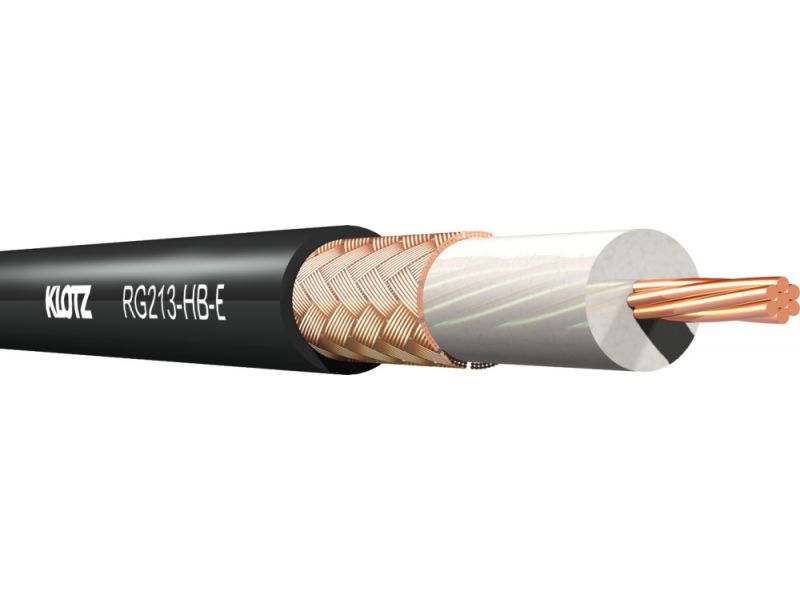
Source: shop.klotz-ais.com
After Fiber optics, the second most reliable internet connection is offered through Coaxial cable. It offers a maximum download speed of up to 1000 Mbps while customers generally get several speed options to choose from. It is also a territorial internet connection and is preferred by customers because of its wide availability. Moreover, the prices are competitive to what fiber optics offers.
So, those who can’t get fiber internet put it on their priority list. For a cable internet connection, prices usually start around $30 per month and go up to $110. So, customers get to choose a speed that suits their needs and pay accordingly. There are some service providers that offer a minimum download speed of up to 100 Mbps. In that case, customers have to go with that at the very least even if they are looking for a lower speed.
3. Satellite
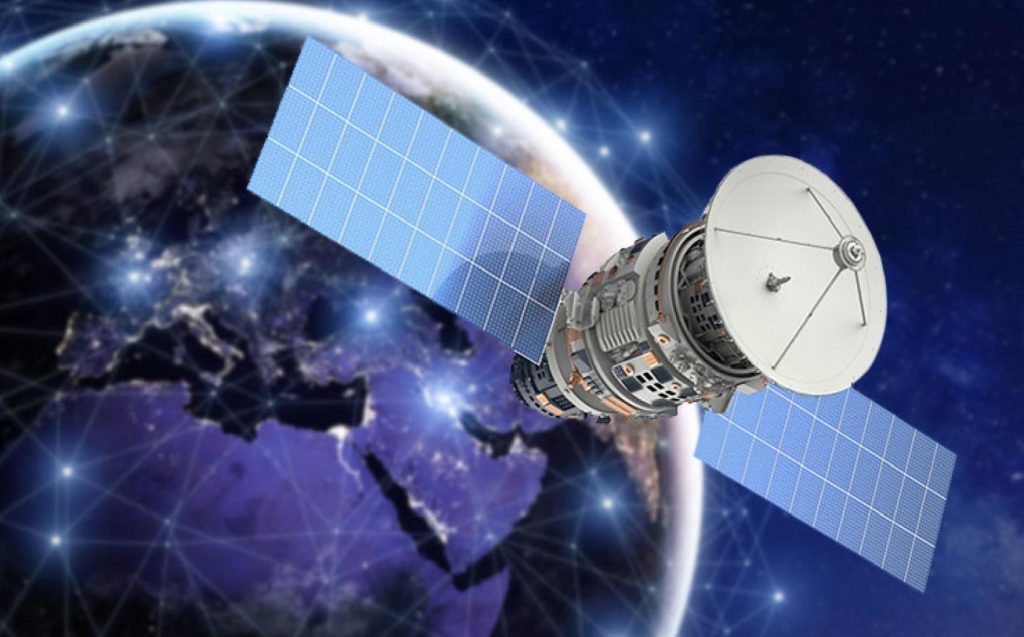
Source: esquireme.com
Satellite internet is the most widely available internet connection among all as it does not require any cable network near your house. To transfer signals, it uses a dish antenna that connects with the satellite in space and makes it possible for customers to have an internet connection.
Due to that reason, people in more than 90% of the areas of the US can get internet service through a satellite connection. The basic formula is that, as long as you have a clear view of the southern sky, you can get satellite internet. Surprisingly, it also offers consistent speeds and a stable connection where you don’t have to worry about frequent outages.
However, there are data limits with satellite internet connections. For instance, Hughesnet, the best satellite internet provider in the US, offers soft data caps where customers get a lower speed once they go over their plan’s data limit. Customers have to choose between plans that offer the same speed of up to 25 Mbps but different data.
On the other hand, if the 25 Mbps speed is something that is not going to work for you, there is an update expected during this year that will boost the Hughesnet speeds to up to 100 Mbps and provide more options for data. To find out more about these plans, you can visit https://www.localcabledeals.com/hughesnet/internet. Satellite internet is a suitable option for those customers who don’t have any better internet options such as cable or fiber optics.
4. DSL
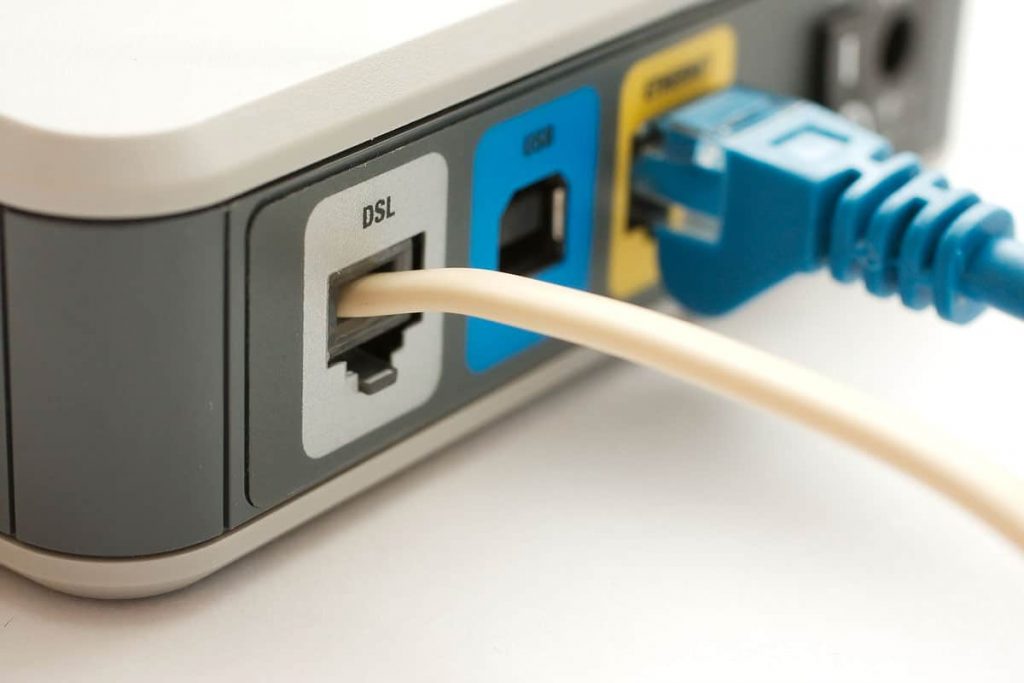
Source: dailywireless.org
Digital Subscriber Line, also known as DSL, delivers internet services through traditional phone lines. This internet connection is generally available in rural areas and delivers internet speeds based on location. So, if you are lucky, you might be able to get a download speed of up to 25 Mbps or more. Otherwise, you will be getting a download speed that is around 10 Mbps or less for the same price.
A DSL internet connection generally costs around $40 per month while the charges of equipment are not included in that. So, it is always preferred to avoid it unless you are getting a good speed at your location.
5. Fixed Wireless
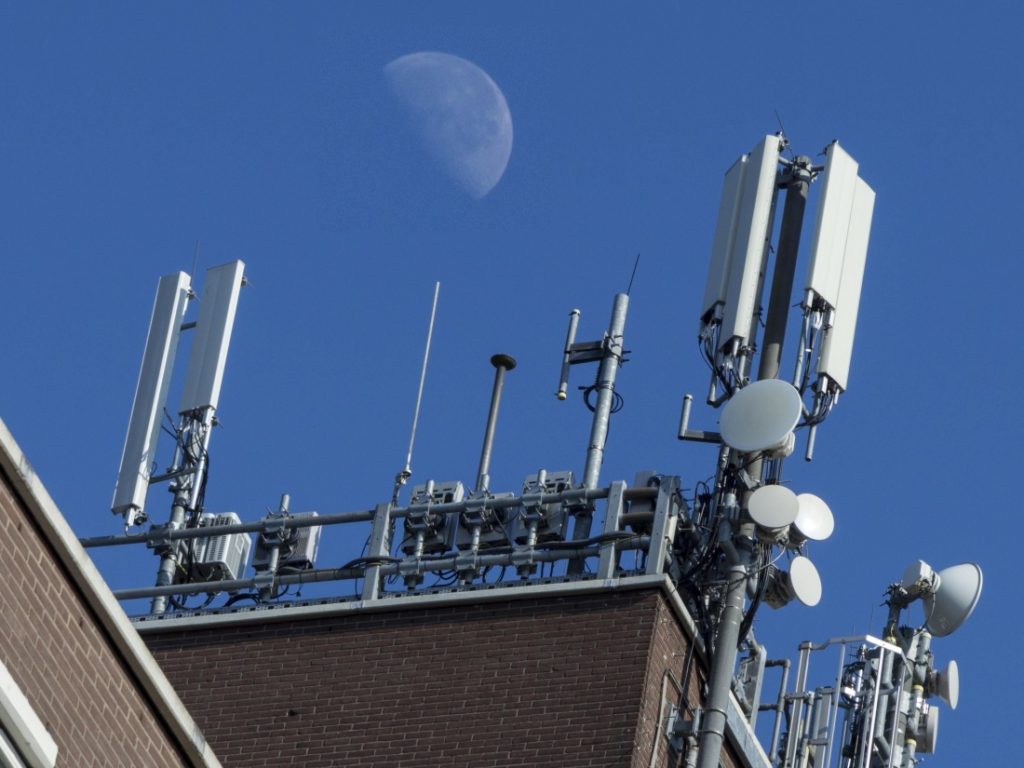
Source: broadbandbreakfast.com
Fixed Wireless internet connection is more like a Wi-Fi or a mobile internet connection that delivers internet services from the nearest tower using a small antenna placed on your house. So, for this connection to work properly, you will have to make sure that there are no trees or buildings in-between. Compared to satellite internet, fixed wireless is generally less reliable, but the positive point is that it offers more data than the satellite.
Moreover, the costs are comparatively lower than the satellite internet connection. However, it should only be a fallback option, in case you are not able to get anything.
Concluding Thoughts
Fiber optics is the best internet connection due to its latest technology and the ability to offer much better speeds at lower costs. But since it is not widely available at the moment, always prefer a cable internet connection. Just in case, you are not able to get both of these, then and only then you should consider internet options like satellite, DSL, or the fixed wireless.



